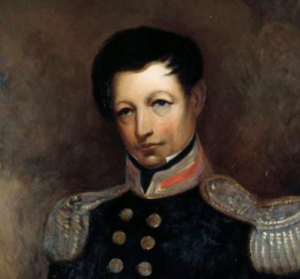 New Zealand history is fraught with myth – things that never happened, or at least, the evidence is sketchy. ‘Hobson’s pledge’ is one example. Was there ever such a thing?
New Zealand history is fraught with myth – things that never happened, or at least, the evidence is sketchy. ‘Hobson’s pledge’ is one example. Was there ever such a thing?
During the signing of the Treaty of Waitangi on 6 February 1840, we are told, Lieutenant Governor Hobson (right) shook hands with each Māori signatory, saying ‘he iwi tahi tatou – we are now one people’. But did this actually happen? Where is the evidence?
The ‘evidence’
The account of ‘Hobson’s pledge’ comes from William Colenso (below, left), a mission printer, who was present at Waitangi, on the day of the Treaty signing. His version of events can be found in his The Authentic and Genuine History of the Signing of the Treaty of Waitangi, published much later, 50 years after the event, in 1890. This was nine years before his death aged 89 years in 1899.
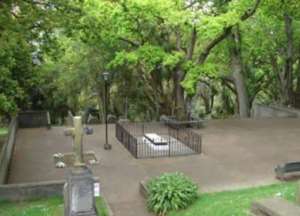 Other accounts however do not mention Hobson saying such a thing, or anything like it. Such sentiments were not expressed; instead, what caught the attention of most Pākehā observers was the rancour and discord evident amongst Māori, and the suspicion directed at Hobson.
Other accounts however do not mention Hobson saying such a thing, or anything like it. Such sentiments were not expressed; instead, what caught the attention of most Pākehā observers was the rancour and discord evident amongst Māori, and the suspicion directed at Hobson.
Forty five chiefs signed the Treaty that day, but few of them, says Colenso, were of ‘first rank’. And none were present from any distance, save a small number from the Hokianga.
Earlier, Colenso had asked Hobson – was he sure Māori knew what they were doing, by signing the Treaty? Did they understand the Articles? Hobson’s reply – the expression of a different sentiment – was clear; if they don’t understand, then this was of no concern to him.
Meantime, says Colenso, other chiefs like Marupo of Wanaurara, and Ruhe of Ngāti Hineira were urging Māori not to sign, as indeed, by some accounts, was a clearly ambivalent Hone Heke Pokai. Such was the level of disagreement amongst Māori, on that fateful day at Waitangi.
Later accounts of the signing
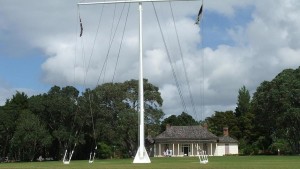 Colenso’s account of Hobson’s statement does not appear in earlier accounts of the Treaty signing, written by other Pākehā who were present.
Colenso’s account of Hobson’s statement does not appear in earlier accounts of the Treaty signing, written by other Pākehā who were present.
Missionary Richard Taylor’s account of 1840 does not mention any such statement, nor such sentiment, being expressed by Hobson. Instead, he wrote of the hostility shown to the Governor by Māori.
William Baker’s account of 1865 also fails to mention Hobson’s supposed statement. Baker was a translator for the Native Department who was asked to provide an account for Parliament, which he did, on 8 July 1865.
Baker’s overriding concern was the discord and disagreement amongst Māori – a war of words which had provoked a crisis, threatening to derail the signing ceremony. Even Hobson himself did not mention his supposed ‘pledge’, instead recalling that he had been opposed by Māori with displays of ‘great violence’.
Was there ever a ‘Hobson’s pledge’? This seems unlikely. The evidence for it is confined to the recall of one participant, written down some fifty years after the event, about the same time distance as between (say) the writing of the first gospel, Mark, and the death of Christ. Colenso’s account is written in verbatim style, with dialogue recorded in detail, a precise if unlikely remembering of minutiae and nuance, some 50 years after the event, through years of intervening, turbulent history.
Colenso’s record of events, then, is structured around remembered – or invented – conversations, written for effect rather than accuracy. Some popular historians use this method, it is true, but you wouldn’t get away with it in your PhD thesis.
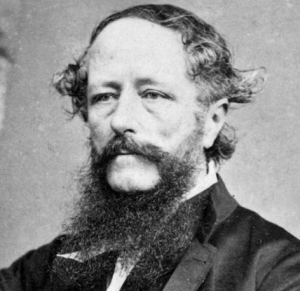 Claiming New Zealand for Pākehā
Claiming New Zealand for Pākehā
It’s worth bearing in mind that, by 1890, when Colenso published his account, Māori had lost the New Zealand Wars. They had had thousands of acres of land confiscated, or alienated through the Native Land Court.
Māori had seen their communities decimated by settler economic encroachment and their population numbers had fallen to about 40,000, from a high of about 100,000 in 1840. The evidence for this is of course overwhelming.
However, in 1890, Colenso would have had good reasons for presenting Hobson as being benevolent and conciliatory to Māori because, by then, New Zealand was in the grip of a new Pākehā nationalism.
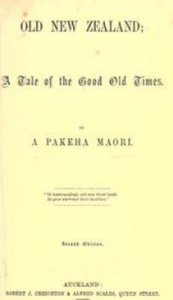 Scholars like Edward Tregear and William Pember Reeves were searching amidst the literary and figurative landscapes of New Zealand, which they saw as empty, looking for an organic foothold for Pākehā amidst the undergrowth. They were trying to recapture the heady days of the young F E Maning, as described in his book Old New Zealand (1863) – a time when Pākehā were few, carefree, and felt as if they belonged, even if they were living under the sufferance of Māori.
Scholars like Edward Tregear and William Pember Reeves were searching amidst the literary and figurative landscapes of New Zealand, which they saw as empty, looking for an organic foothold for Pākehā amidst the undergrowth. They were trying to recapture the heady days of the young F E Maning, as described in his book Old New Zealand (1863) – a time when Pākehā were few, carefree, and felt as if they belonged, even if they were living under the sufferance of Māori.
A resurgent literary nationalism propelled this search for an organic foothold forward. New journals like the New Zealand Graphic and Ladies Journal aimed to foster and assist this revived sense of belonging amongst Pākehā. Native Associations were established all over the country, comprising Pākehā determined to secure their space, and place, here in Aotearoa. They adopted a new organic ensign – the silver fern – to symbolise their new-found attachment to the otherwise desolate landscape.
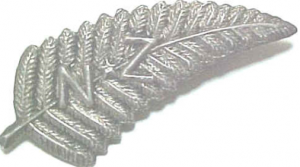
Inventing An Early Regard for Māori
Putting across that the Crown, and Hobson, were well-meaning and benevolent towards Māori, from the very beginning, served Colenso’s purposes. Despite everything, said Colenso, Pākehā had really meant well.
Such a new-found regard for Māori absolved Pākehā for the ravages inflicted on Māori since 1840 on the way to a new sense of identity, hegemony and nationhood for Pākehā. But to most Māori, as to many discerning Pākehā, this all rang hollow, as it does today.
Footnote – Hobson’s Pledge or Colenso’s Conceit?
For those interested in literary terms, or the functional language of history, ‘Hobson’s Pledge’ might be described as a historical feint, defined as a deceptive movement, or statement, intended to conceal one’s real intent.
In literary terms, Hobson’s alleged utterance he iwi tahi tatou might be said to be a conceit, defined as a metaphor with a certain logic, used to draw readers into a more sophisticated understanding of a certain object or event – or, in this case of course, to perpetuate a misunderstanding vis-à-vis Hobson’s intentions.
‘Hobson’s Pledge or ‘Colenso’s Conceit’ ?

